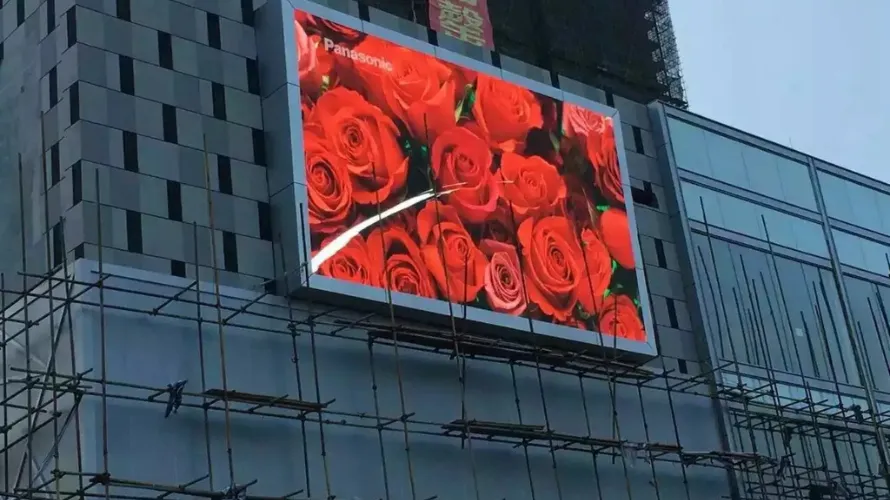Outdoor LED screens are transforming the way we interact with public spaces, advertisements, and information displays. As technology evolves, several key trends are shaping the future of outdoor LED screens. Here are seven significant trends to watch:
1. Enhanced Resolution and Pixel Pitch
– Higher Resolution: Advances in LED technology are leading to outdoor screens with higher resolutions, offering clearer and more detailed images. This trend is driven by the demand for high-quality visuals that can compete with traditional print advertising and engage viewers effectively.
– Reduced Pixel Pitch: Outdoor LED screens are now available with reduced pixel pitch, meaning the LEDs are placed closer together. This results in smoother images and text, even when viewed from a distance.
2. Increased Brightness and Visibility
– High Brightness Levels: Modern outdoor LED screens are designed to deliver high brightness levels, ensuring visibility in direct sunlight. This is crucial for maintaining image quality and readability in varying light conditions.
– Automatic Brightness Adjustment: Advanced screens now feature automatic brightness adjustment based on ambient light conditions. This not only enhances visibility but also conserves energy.
3. Durability and Weather Resistance
– Rugged Designs: Outdoor LED screens are being built with rugged materials to withstand harsh weather conditions, including rain, snow, wind, and extreme temperatures. This ensures longevity and reduces maintenance costs.
– IP Ratings: Improved Ingress Protection (IP) ratings indicate better protection against dust and water, making these screens more reliable for outdoor use.
4. Energy Efficiency
– Low Power Consumption: With the increasing focus on sustainability, outdoor LED screens are being designed to consume less power without compromising on brightness or performance. This trend is driven by the need to reduce operational costs and environmental impact.
– Smart Energy Management: Newer models incorporate smart energy management systems that optimize power usage based on the time of day and displayed content.
5. Interactive Capabilities
– Touch and Gesture Control: The integration of touch and gesture control capabilities is making outdoor LED screens more interactive. This enhances user engagement and provides a dynamic way to interact with information.
– Augmented Reality (AR) Integration: Some outdoor screens are incorporating AR technology, allowing users to engage with augmented content through their smartphones or other devices.
6. Seamless Integration and Modular Designs
– Modular Panels: Modular designs allow for flexible screen sizes and shapes, enabling seamless integration into various architectural and urban settings. This trend is particularly useful for creating large-scale displays without visible seams.
– Thin and Lightweight: Advances in manufacturing are producing thinner and lighter LED panels, making installation easier and expanding the possibilities for creative placements.
7. Smart and Connected Features
– IoT Connectivity: The integration of Internet of Things (IoT) technology allows outdoor LED screens to connect to networks and be managed remotely. This facilitates real-time content updates, monitoring, and maintenance.
– Data Analytics: Smart LED screens can gather data on viewer engagement, foot traffic, and environmental conditions, providing valuable insights for advertisers and city planners.
Conclusion
The trends shaping the future of outdoor LED screens reflect the growing demand for high-quality, durable, and interactive displays. As technology continues to advance, outdoor LED screens will become even more integral to public spaces, advertising, and information dissemination, offering enhanced visuals, energy efficiency, and smarter features.



